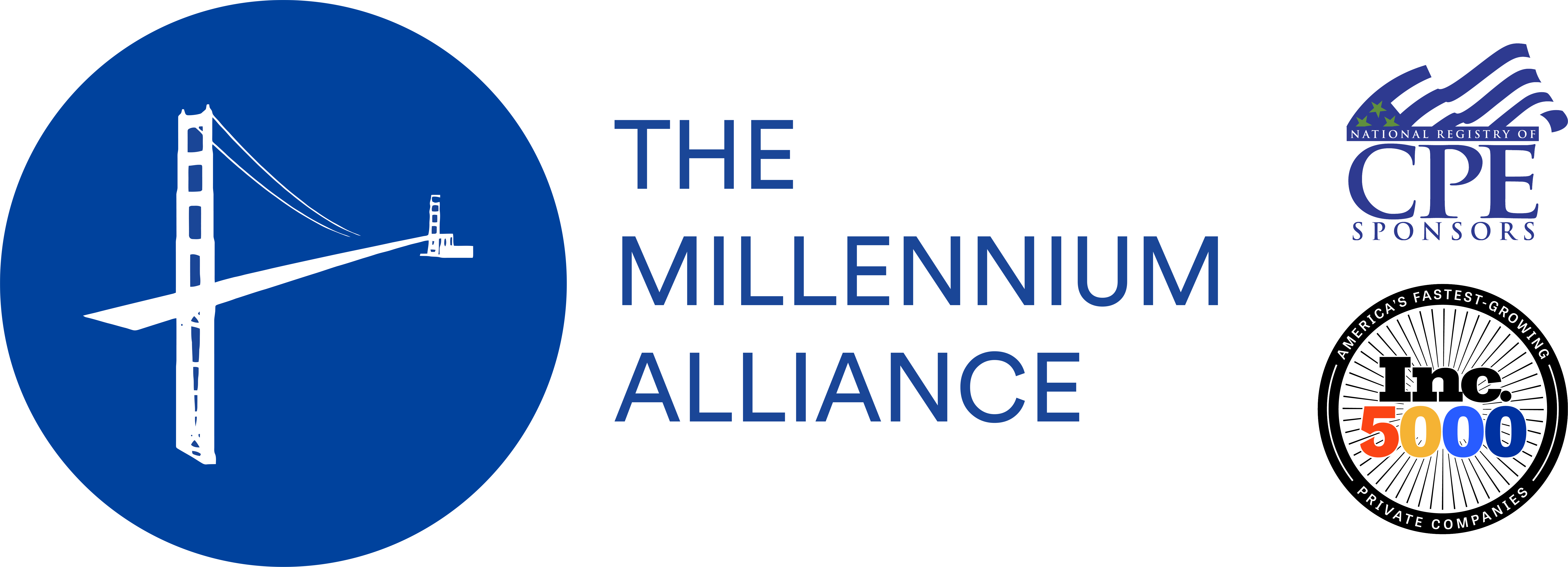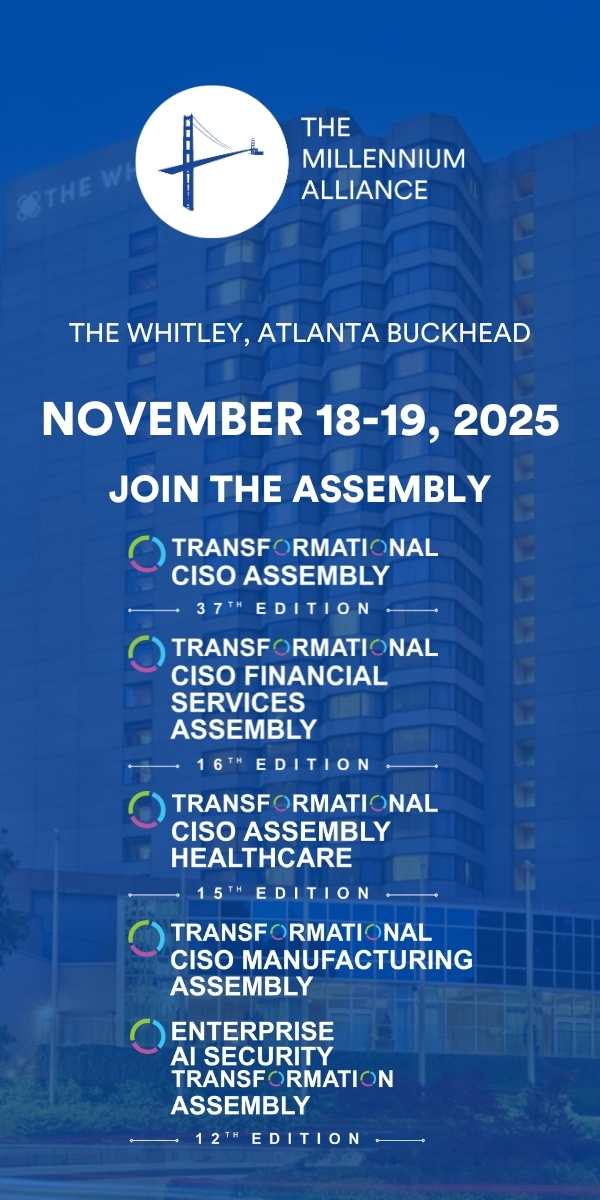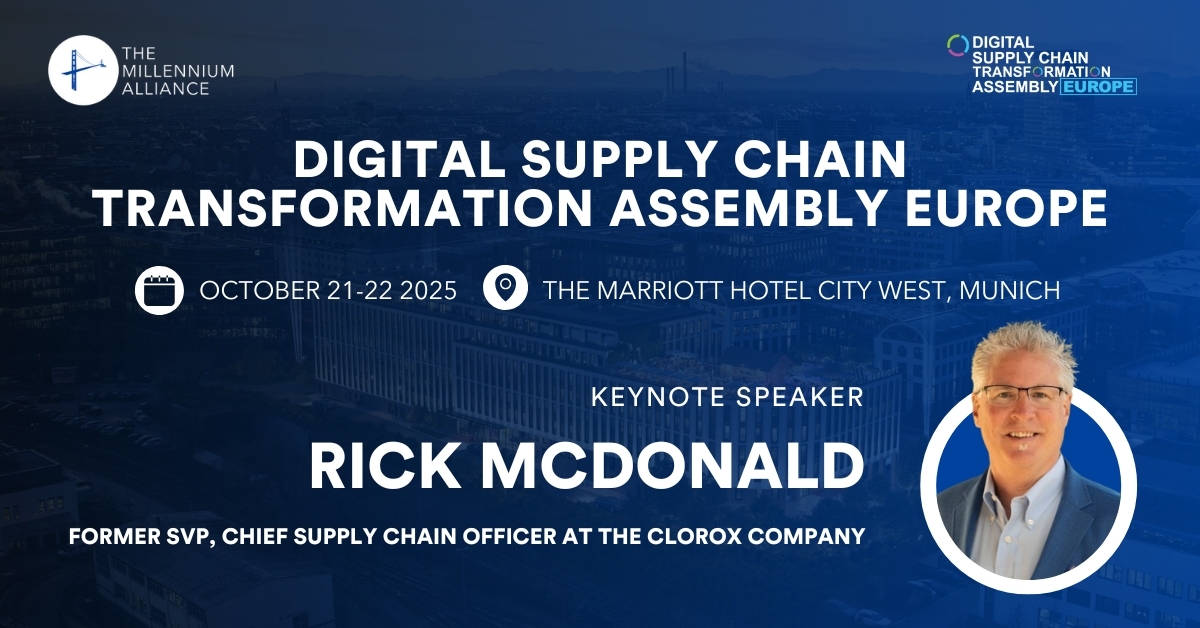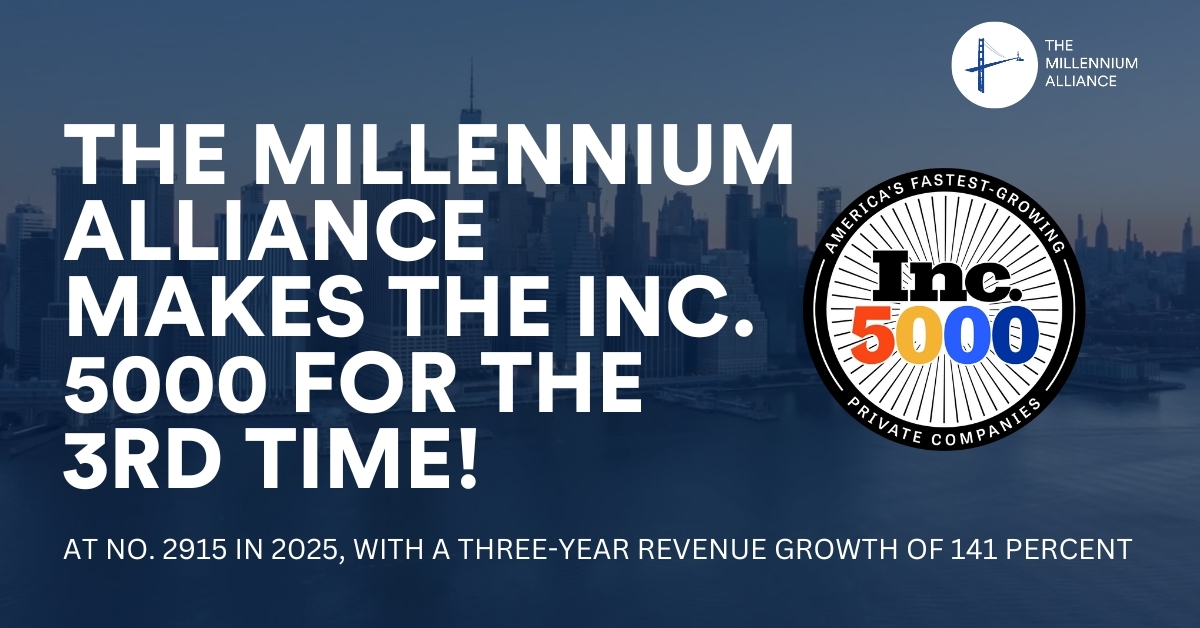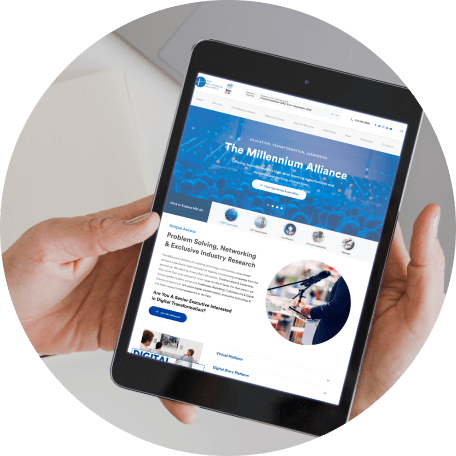Contributed by SeedX
Corporate identity is a collection of visual, verbal, and behavioral elements that represent and distinguish your brand. It helps establish a cohesive and recognizable brand image, building customer trust and loyalty.
Key elements include:
- Brand voice: Consistent tone and style of communication reflecting your brand’s values and personality.
- Visual identity: Logo, color palette, typography, and design style representing your brand.
Mission and values: Core principles and purpose driving your brand, clearly communicated. - Storytelling: The narrative that conveys your brand’s history, mission, and vision, creating an emotional connection.
- Customer experience: This refers to the customers’ overall experience with your brand, from customer service to website usability.
A solid corporate identity differentiates your brand, builds brand recognition, and fosters lasting customer relationships.
Top 5 Tips for Crafting a Successful Corporate Identity Online
1. Define Your Brand Voice
Identifying your brand voice is essential to building a recognizable and trustworthy corporate identity online. This voice will inform the tone and feel of all your brand’s communications, from marketing materials to social media posts.
Think of your brand voice as a person: Is it friendly and approachable or sophisticated and authoritative? This voice should closely align with your brand values and meet your audience’s expectations.
When determining and using your brand voice, keep these tips in mind:
- Be consistent: Maintain the same voice across all channels to build recognition and trust.
- Be authentic: Communicate your core values genuinely.
- Be adaptable: Tailor your voice for different platforms and audiences while keeping its essence the same.
Nike, for example, has mastered its brand voice. Its inspirational and motivational voice is evident in its “Just Do It” slogan and athlete-focused campaigns. These marketing efforts consistently reflect its values and powerfully connect with its audience.
2. Determine Your Social Media Audience
One of the most common mistakes brands make when creating their corporate identity online is assuming they must have an identity that attracts everyone on social media. Doing this is generally ineffective and can lead to a waste of marketing resources and a confused or non-specific brand voice.
Instead, you should aim to create a corporate identity that attracts people interested in your products and likely to purchase them. This is your target audience.
The best way to know your target audience is by conducting thorough market research.
Here are some pointers you can use to hone in on your target audience:
- Analyze demographics: Know the age, gender, location, and occupation of your audience.
- Explore psychographics: Understand their interests, values, and lifestyles.
- Monitor online behavior: Track how your audience interacts with content, including what they choose to like, share, and comment on.
3. Choose The Right Platforms
Selecting the right social media platforms is crucial for your corporate identity strategy. There is no use in showing your strong corporate identity on platforms your target audience rarely frequents.
Because different platforms attract different demographics and support various types of content, you need to align your platform choice with your audience and business goals.
To choose the right platforms,
- Understand your audience: Know where your target audience spends their time online. Are they professionals on LinkedIn, visually driven users on Instagram, or trend-savvy teens on TikTok?
- Consider content type: Think about the kind of content you produce and where it performs best.
- Analyze competitors: Observe which platforms your competitors are using successfully. This can provide insights into where your audience is most active and engaged.
Starbucks is an excellent example of a company that effectively uses multiple social media platforms to reinforce its corporate identity. It uses Instagram for visually appealing posts that highlight its products. It uses Twitter for customer service interactions, demonstrating its commitment to customer satisfaction. On Facebook, it focuses on community engagement to foster a sense of belonging among its audience.
This strategic use of different platforms ensures that Starbucks connects with its audience while maintaining a cohesive corporate identity across all channels.
4. Develop Engaging Content
Creating engaging content is arguably the most important part of using social media and is essential for conveying your corporate identity. Quality content captures your audience’s attention, encourages interaction, and builds loyalty.
Here’s how to develop content that represents and elevates your corporate identity:
- Align with brand values: Ensure your content consistently reflects your brand’s core values and mission. For example, Patagonia frequently shares content about environmental conservation, aligning with its commitment to sustainability.
- Ensure brand consistency: Maintain a consistent tone, style, and visual identity across all content. Coca-Cola consistently uses its iconic red color and upbeat tone in all of its marketing materials.
- Highlight brand stories: Share stories highlighting your brand’s history, mission, and values. Nike often shares inspirational stories of athletes overcoming challenges, reinforcing their “Just Do It” ethos.
- Showcase expertise: Create content that demonstrates your expertise in your industry. HubSpot publishes detailed guides and reports on marketing trends, positioning itself as a thought leader in the marketing space.
By creating content that truly reflects and elevates your corporate identity, you can foster a more profound and lasting connection with your audience. Continuously adapt and refine your content strategy to match your audience’s evolving preferences so that your brand stays relevant and impactful.
5. Engage Influencers
Engaging influencers is like amplifying your brand message with a megaphone. It allows you to access their audience and extend your reach. Influencers have established trust and credibility with their followers, making their endorsements powerful tools for building and strengthening your corporate identity.
Here’s how to pick the right influencers to build and strengthen your corporate identity:
- Align with brand values: Choose influencers who genuinely reflect your brand’s core values and mission. For example, TOMS Shoes collaborates with influencers like Blake Mycoskie, who share their commitment to social causes and giving back.
- Match audience demographics: Look for influencers whose followers closely match your target audience in age, interests, and other demographics. For example, Gymshark partners with fitness influencer Whitney Simmons, whose audience consists primarily of fitness enthusiasts.
- Assess content quality: Evaluate the quality and style of the influencer’s content. Red Bull, for instance, collaborates with extreme sports athletes like Travis Pastrana, who produce high-quality, visually captivating content that aligns with Red Bull’s dynamic and adventurous brand aesthetic.
- Monitor brand alignment: Regularly review the influencer’s content to ensure ongoing alignment with your brand values and identity. For example, when PewDiePie made anti-Semitic jokes and controversial statements in his videos, Disney’s Maker Studios ended their collaboration with him to maintain alignment with their brand values.
Engaging influencers effectively requires continuous effort and adaptation. As you build these partnerships, stay attentive to evolving trends and audience preferences. This will help you maintain a strong, authentic corporate identity that resonates deeply with your audience.
Conclusion
Creating a compelling corporate identity online is essential for connecting with your target audience and achieving your business goals. Assemble your team, outline your brand’s identity, and use our tips to bring it to life.
Need help? SeedX is a leading marketing agency specializing in holistic digital and traditional marketing, technology development, and business strategy.
Our capabilities span across creative, marketing, advertising, and technology channels, including UX/UI design, search engine optimization, and CRM automation.
Contact us today to book a consultation or strategy session.

